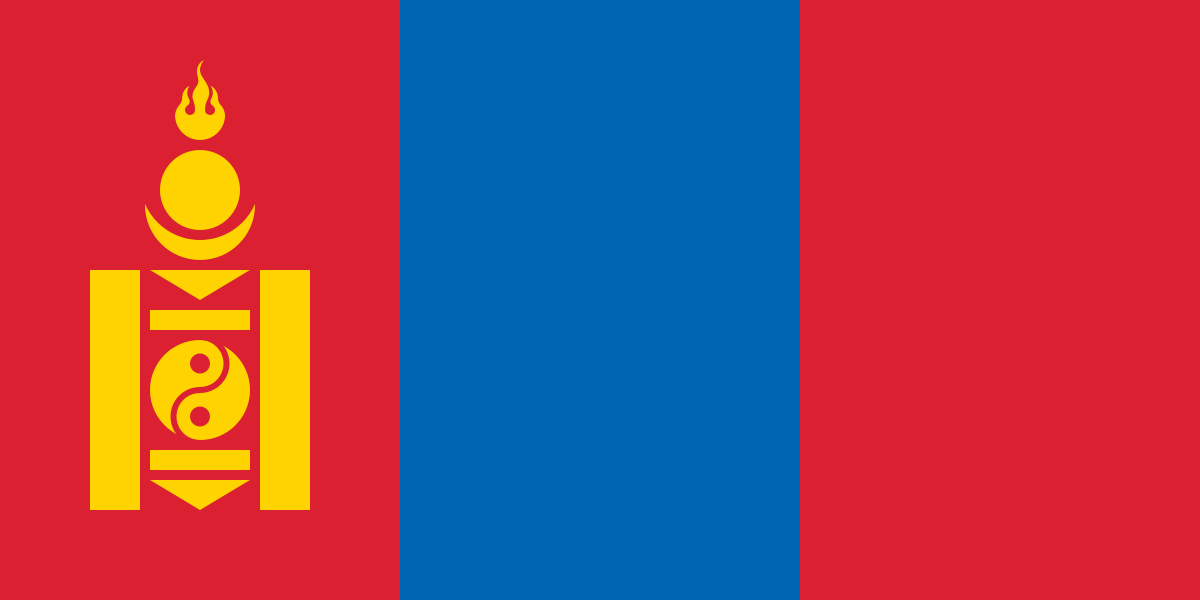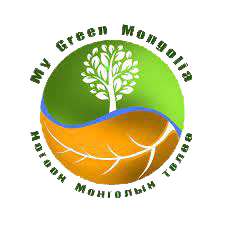MANUALS
Most of the partner organizations that have joined My Green Mongolia Initiative have developed manuals and guidelines related to EEC based on their experience and capacities. For example, when organizing group and other events, you can use the manuals below developed by the GIZ SPACES project together with MET.
With the help of manuals, guidelines, trainings and exercises, PA administrations and other partners like non-governmental organizations, media, eco clubs and information centers can effectively organize indoor and outdoor events focusing on environmental topics. This will create an opportunity to further improve suggestions, methods and guidelines developed by the government and civil society as well as national and international organizations. In this way, the manuals and guidelines on EEC will be enriched and improved as field-tested methods.
The manuals and guidelines are a main pillar of education for sustainable development, non-formal environmental education and communication, which is the general direction to achieve the 10 steps of the national EECS.
The GIZ SPACES project has developed the following manuals in cooperation with the Ministry of Environment and Tourism and it Department for Protected Area Administration (DPAM):
With the help of manuals, guidelines, trainings and exercises, PA administrations and other partners like non-governmental organizations, media, eco clubs and information centers can effectively organize indoor and outdoor events focusing on environmental topics. This will create an opportunity to further improve suggestions, methods and guidelines developed by the government and civil society as well as national and international organizations. In this way, the manuals and guidelines on EEC will be enriched and improved as field-tested methods.
The manuals and guidelines are a main pillar of education for sustainable development, non-formal environmental education and communication, which is the general direction to achieve the 10 steps of the national EECS.
The GIZ SPACES project has developed the following manuals in cooperation with the Ministry of Environment and Tourism and it Department for Protected Area Administration (DPAM):
-The Toolbox on EEC methods and materials, games and exercises – Answers the “WHAT” questions with a treasure of innovative and interactive games and exercises that can be used in indoor and outdoor training and meetings.
- MOVE- Moderation and Visualization for Group Events is a guide to group meetings and discussions that focuses on “HOW” EEC events can be organized, implemented and evaluated.
- The Environmental Journalism Manual is based on journalism standards to raise environmental awareness through mass and social media.
- MOVE- Moderation and Visualization for Group Events is a guide to group meetings and discussions that focuses on “HOW” EEC events can be organized, implemented and evaluated.
- The Environmental Journalism Manual is based on journalism standards to raise environmental awareness through mass and social media.
The Toolbox enables SPACES and DPAM to manage and implement EEC activities, and to provide related training and coaching to protected area administrations and other partners engaged in EEC. The manual documents experiences and recommendations from Mongolia, Laos and other countries so that the results and impacts achieved so far will be safeguarded.
All games, exercises, etc. are presented as stand-alone versions, meaning that each of them can be used individually. The descriptions follow a standardized step-by-step profile, which makes them easy to apply in a variety of situations.
The MOVE manual’s recommendations, methods and tools serve as
orientation for MGM partners in government and civil society organizations who
can use proven methods and to create and implement their own planning and
training as well as EEC activities and events. Most of the methods and tools
are rather general but they are particularly useful in environmental education,
e.g. in-class trainings, World Environment Days, information evenings or other
learning events.
The Environmental Journalism guide is related to the national EEC strategy, which includes a variety of recommendations related to the use of media and targeted messages in the context of environmental journalism. Hence, this manual is directed at media workers and journalists in TV, film, radio and print media as well as NGOs, Green Schools, Environmental Centers, etc. tasked with public awareness raising in Mongolia.



